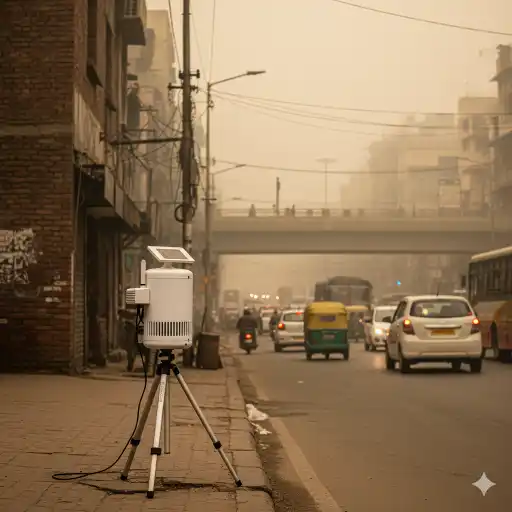The Central Pollution Control Board (CPCB) has found worrying levels of heavy metals such as copper, zinc, chromium, and molybdenum in the air across ten major Indian cities, including Delhi. These metals accounted for between 0.1% and 2.1% of the total PM10 concentration, according to the data shared with the National Green Tribunal (NGT). The other affected cities are Jaipur, Bhopal, Lucknow, Ahmedabad, Nagpur, Kolkata, Bengaluru, Visakhapatnam, and Chennai.
In Delhi, air samples were taken from Pitampura, Siri Fort, Janakpuri, and Shahdara during June and July this year. The findings came after the NGT took note of a Times of India report last year highlighting the presence of heavy metals in PM2.5 in East Delhi and directed the CPCB to study the issue.

According to the CPCB report, these metals are mostly attached to airborne particulate matter, meaning that reducing overall PM levels would also lower metal concentrations. The average PM10 level recorded in Delhi during the monitoring period was 130 micrograms per cubic metre, while copper, zinc, chromium, and molybdenum were measured at 55.13, 243.5, 12.25, and 0.91 nanograms per cubic metre, respectively.
A related study had earlier identified chromium, copper, zinc, molybdenum, and lead as the main heavy metals in PM2.5 in East Delhi. It also developed a Heavy Metal Exposure Index (HEI), which showed East Delhi had the highest levels before the Covid-19 lockdown, later overtaken by Ludhiana. Areas such as Mayur Vihar, Dilshad Garden, and Laxmi Nagar were among the most affected.
Kanhaiya Lal, the study’s lead author, noted that India lacks national air quality standards for several metals, unlike countries such as Canada. He stressed that these metals are toxic and pose serious health risks.
CPCB said the findings reinforce the urgency of the National Clean Air Programme (NCAP), launched in 2019, which aims to cut PM10 levels by up to 40%—or reach the national standard of 60 micrograms per cubic metre—by 2025–26, based on 2017–18 levels.
